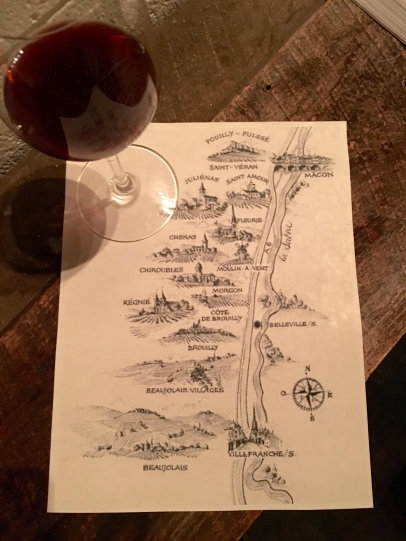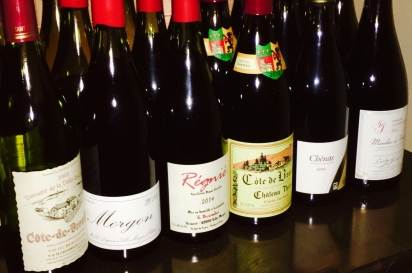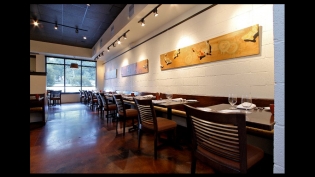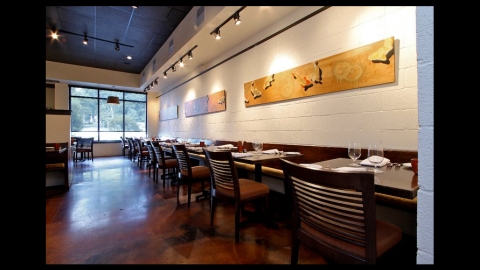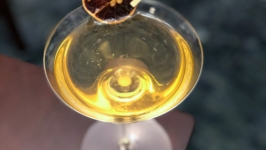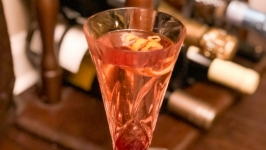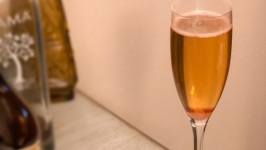The Wines of Beaujolais, Join the Cru.
When shopping for the best Beaujolais, take a lesson from Charlotte Avenue’s neighborhood wine destination, Miel. To kick-off one of November’s most beloved wines, Miel owner and beverage director, Seema Prasad, hosted an intimate evening of Beaujolais and house made charcuterie, featuring six different Beaujolais Cru bottlings and subsequent pairings. With everyone from native French speakers to new Nashvillians present, the barn-set, string-lit evening embodied the spirit of Beaujolais at its core– honest, everyday wines for any plate or any palate.
But what is Beaujolais, and where did this forgotten region come from? Why bother with it now as we ascend into “big red season,” where jammy Zins and face-smacking Cabs rule supreme?
Quite simply, Beaujolais is a dry, light red wine made exclusively from the Gamay grape in an arrow area of central-eastern France called Beaujolais.
More than six hundred years ago, Philippe the Bold, Duke of Burgundy, brashly banished a single misjudged grape from Burgundy’s legal and political bounds. In a vain attempt to instill superiority and control of what is now one of France’s most cherished and revered winemaking regions, Duke Philippe ripped up the high yielding (thus supposed lesser quality) Gamay grapes and exiled them to the area just south of Burgundy. However centuries later, the naturally crossed off-spring of Pinot Noir has valiantly found its roots and redemption on the southerly slopes of Beaujolais.
- Basic Regional Beaujolais – fruity, youthful, and bright –a quaffable sipper, often drunk slightly chilled
- Beaujolais Villages – simple and approachable but with a bit more structure and tartness – made strictly from 1 of 39 designated villages and an excellent catch allpairing for both fall and spring fare
- Beaujolais Cru – playful, complex, and invigorating – made from 1 of the region’s top 10 villages, these Cru wines bring intensity, grace, and age ability unbeknownst to the rest of the region
- Morgon
Masculine & dense; certainly the most rugged of the Cru, with bold flavors of dried berries,csmoked pork, and coffee grounds; a Gamay not for the faint of heart.
Miel suggests: Marcel Lapierre Morgon
- Moulin-a-Vent
Masculine & refined; rich in dark fruit and wet earth, Moulin-a-Vent is brooding and concentrated, yet polished; a wine that truly challenges you to think outside the glass.
Miel suggests: Domaine les Fines Graves Jandonet
- Cote de Brouilly
Feminine & fierce; vibrant and tart with every sip, this southern appellation of Beaujolais boasts lively, bright red fruit and bitter tea flavors, and a signature “pucker” with every sip.
Miel suggests: Domaine de la Voute des Croses


